5 Deep Learning Recent Trends
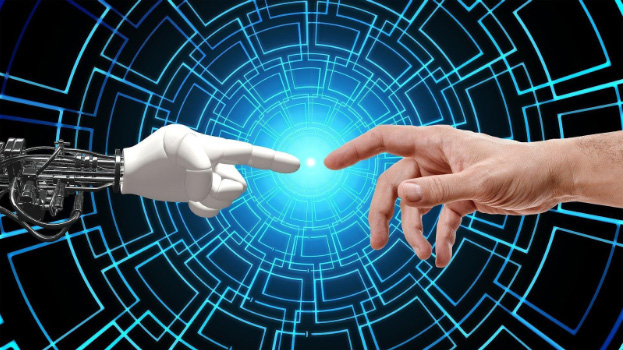
Deep learning is a class of machine learning that involves the operations of massive artificial neural networks called deep neural networks. Systems that can learn from data are known as neural networks. They have the ability to improve their performance without being told what to do. As a result, deep learning is regarded as a prominent player in the sector of artificial intelligence (AI).
Recent trends in deep learning include using more extensive datasets and more sophisticated architectures, as well as incorporating interaction between different types of neural networks and other AI technologies, such as natural language processing and decision trees. In this article, we will look at 5 recent trends in deep learning and how they have the potential to bring about significant change.
1. Hybrid Model Integration
An application provides a mechanism for integrating hybrid models from data sources such as census, weather, and social media into decision support tools. Moreover, it enables the creation of a new nested domain for the location data, which can then become part of decision support systems. The results suggest that incorporating deep learning networks into hybrid models can lead to better decisions concerning hazards and performance measures such as growth and employment.
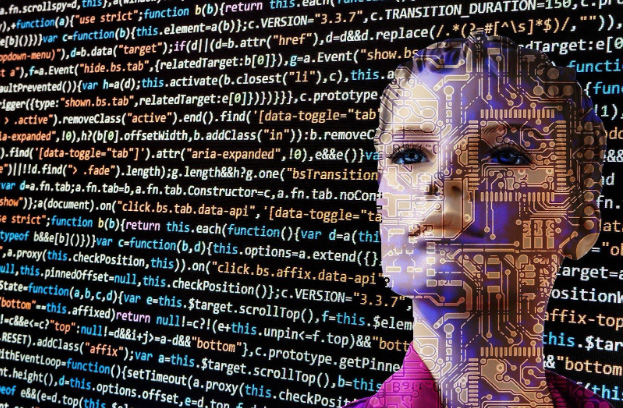
Hybrid models combine the benefits of symbolic AI and deep learning. It’s a top-down approach to artificial intelligence. It is intended to possess machines with intelligence by adopting “high-level symbolic representation of issues,” as Allen Newell and Herbert A. Simon propose in their physical symbol system theory
Commenting on Deep learning and Machine learning recent trends, Marcus Gary noted that “Within a few years, I predict, many people will wonder why deep learning for so long tried to do so largely without the otherwise spectacularly valuable tools of symbol manipulation.” — @garymarcus.” Twitter.com. Reference Link
Hybrid models can improve the speed, accuracy, and completeness of decision-making.

2. The Vision Transformer
Commonly referred to as ViT, an image classification model developed by researchers at the University of Washington, it is used in sentiment analysis, object recognition, and image captioning.
ViT consists of an input layer, a middle layer, and an output layer. The input layer contains training images that have been labeled with one of several possible sentiments (cheerful, negative, neutral, uncertain, sad, happy, angry). The middle layer detects the types of objects in the image. The output layer returns a confidence score based on the kind seen by the central and input layers.

The ViT model follows several widely used deep learning architectures, including convolutional neural networks (CNNs), with supervised learning followed by some unsupervised preprocessing, then pooling layers that blend multiple channels into one channel before passing images to CNNs, MRFs, or other models for classification prediction tasks.
The vision transformers allow us to design a model architecture that can deal with any input data, including images, text, and multimedia.
3. Self-Supervised Learning
This deep and self-supervised learning module helps in automation. Rather than depending on labeled data to train a system, it learns to categorize the raw data automatically. Each input component can predict any other part of the input. It might, for example, forecast the future based on historical records.
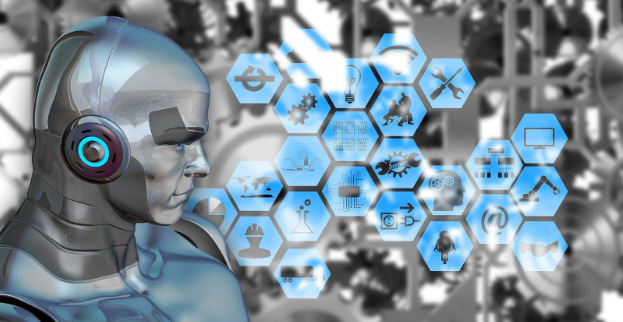
In a self-supervised learning system, the input is labeled either by an intelligent agent or by some external source. The output is also marked with a label that reflects the overall quality of the prediction made by the system. The algorithm used to train a self-supervised learning system will be based on minimizing the error between the predicted labels and actual labels.
A self-supervised learning system can make two basic types of errors: bias and variance.
Bias
A system tends to overestimate or underestimate the quality of its predictions.
Variance
It is the variation in the quality of predictions made by a system based on different data instances.
A self-supervised learning algorithm will typically contain four stages including:
- Preprocessing
- Feature extraction
- Training
- Testing
4. Neuroscience Based Deep Learning
The human brain is highly complicated, with an endless capacity for learning. Deep learning has been a prominent approach for investigating how the brain works in recent years. Neuroscience-based deep learning is a type of ML that uses data from neuroscience experiments to train artificial neural networks. It allows researchers to develop models that better understand how the brain works.
Artificial neural networks constructed on computers are comparable to those seen in human brains. As a result of this formation, scientists and researchers have uncovered thousands of neurological remedies and ideas. Deep learning has provided neuroscience with the much-needed boost it has long needed. With the deployment of progressively more robust, comprehensive, and advanced deep learning implementations and solutions, the dynamics of adaptability ratio have improved significantly.
5. High-Performance NLP Models
Machine Learning-based NLP is still in the early stages. However, there is presently no method that will allow NLP computers to recognize the meanings of different words in various contexts and respond appropriately.
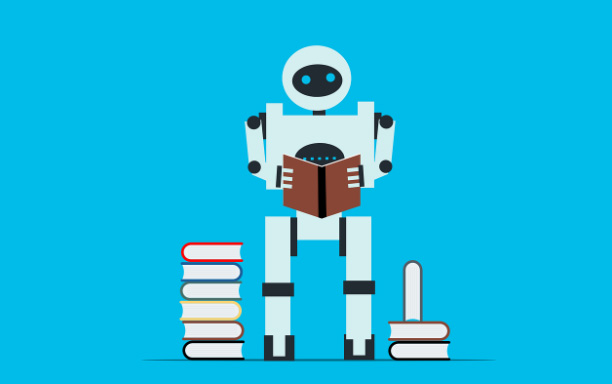
One approach to solving this problem is to build a model that can recognize patterns in large amounts of text (e.g., millions of documents). This is where machine learning algorithms come in, as they can automatically learn from data and train models to make predictions
The following are the ML-based Natural Language Process models currently being developed:
Deep Learning
A form of machine learning that uses deep neural networks comprises a large number of connected nodes.
Reinforcement Learning
Some ML models use reinforcement learning. It is a different approach to machine learning and cognitive science than supervised-unsupervised classification, which uses methods such as decision trees or graphical models.
Optimization Techniques
Optimization techniques can develop ML algorithms to increase the number of dimensions and combine the probabilities or weights for each model hyperparameter.
Empirical Bayes
This is another kind of machine learning algorithm that is used in document analytics to transform text from unstructured data into structured data.
With the Help of deep learning, we can improve NLP Systems’ efficacy that allows machines to interpret client questions more quickly. NLP is also an actively researched subject currently.
Conclusion
In this article, we highlighted some of the recent trends in deep learning. The field is evolving rapidly, and there are some significant developments occurring seemingly every day.
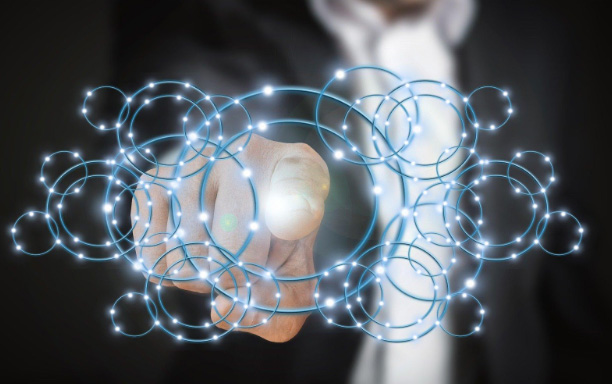
As deep learning technologies continue to evolve, there are bound to be further developments that have the potential to bring about significant change in fields such as commerce, medical diagnosis, and even general artificial intelligence.
Plego Technologies: Machine Learning Development Chicago
Plego Technologies is a world-class software consulting and Machine Learning Development agency based in Chicago, helping clients build successful web applications for over ten years. Our Machine Learning development Chicago team specializes in building robust, scalable, and secure enterprise-grade web applications.
Our services include full-stack development, API design and implementation, eCommerce systems, mobile apps, virtual events management platforms, data analytics, Computer Vision, Data Science, and machine learning. Our professionals can build and deploy a reliable customized software solution.
Interested? For a free consultation, please contact us!

